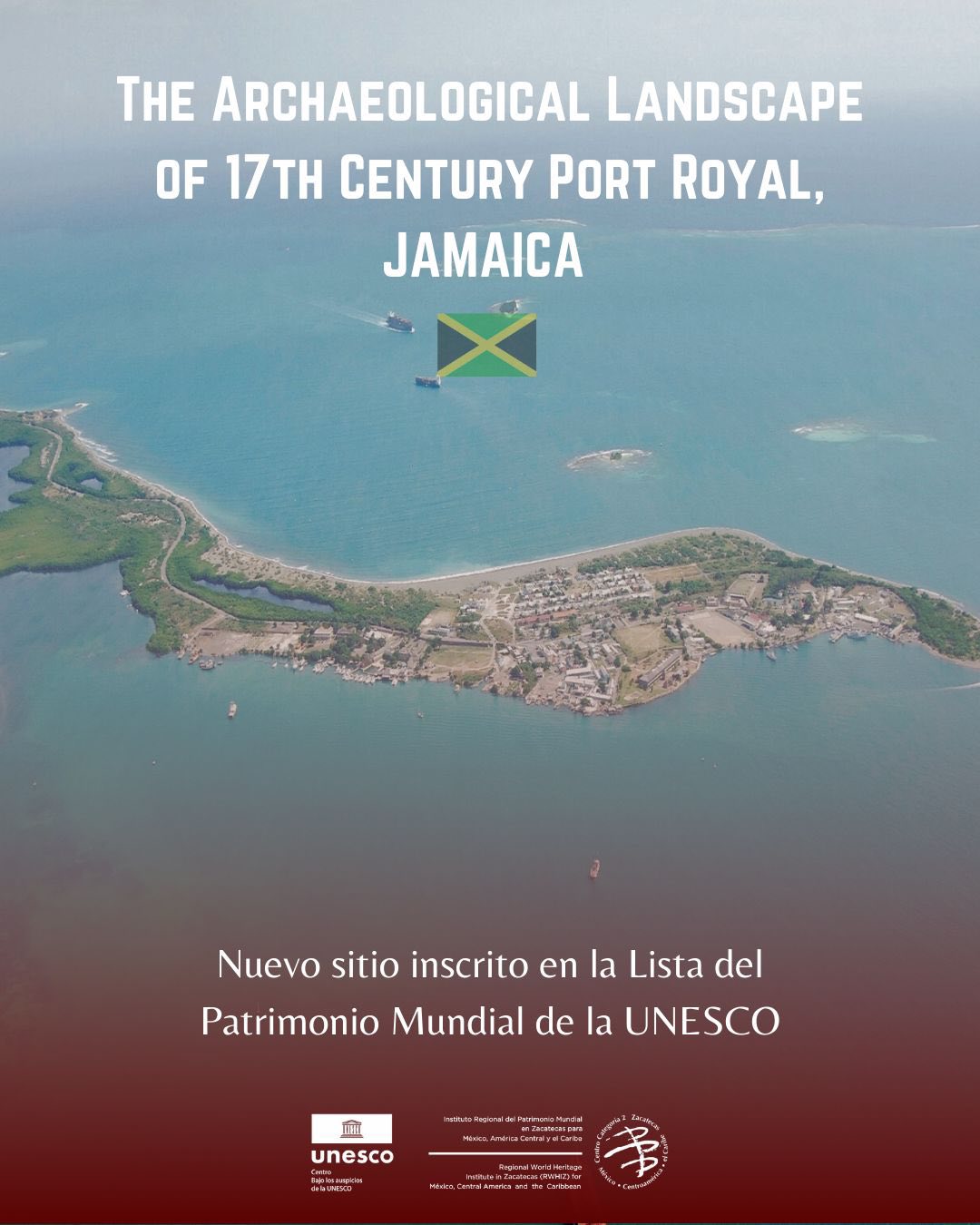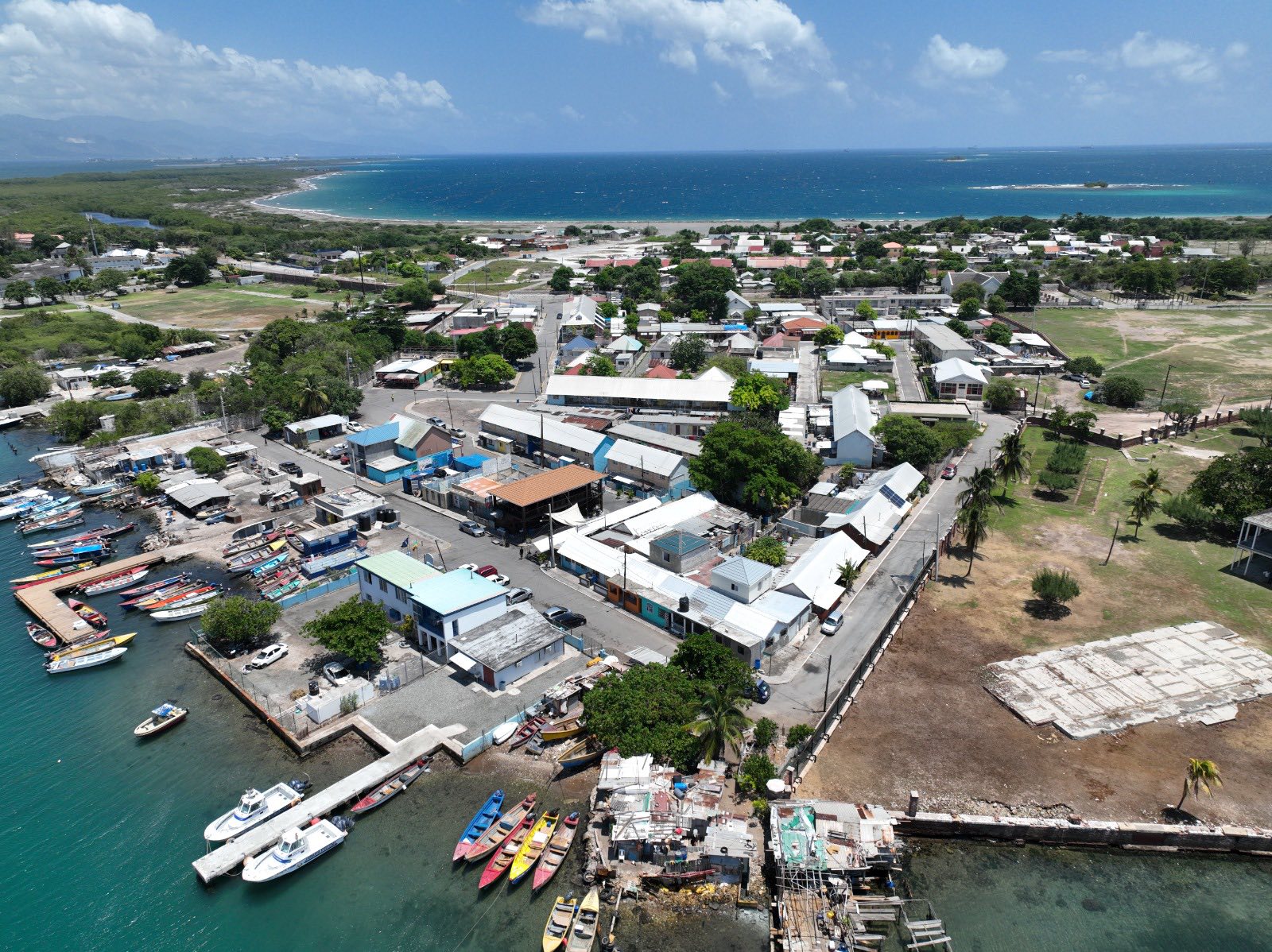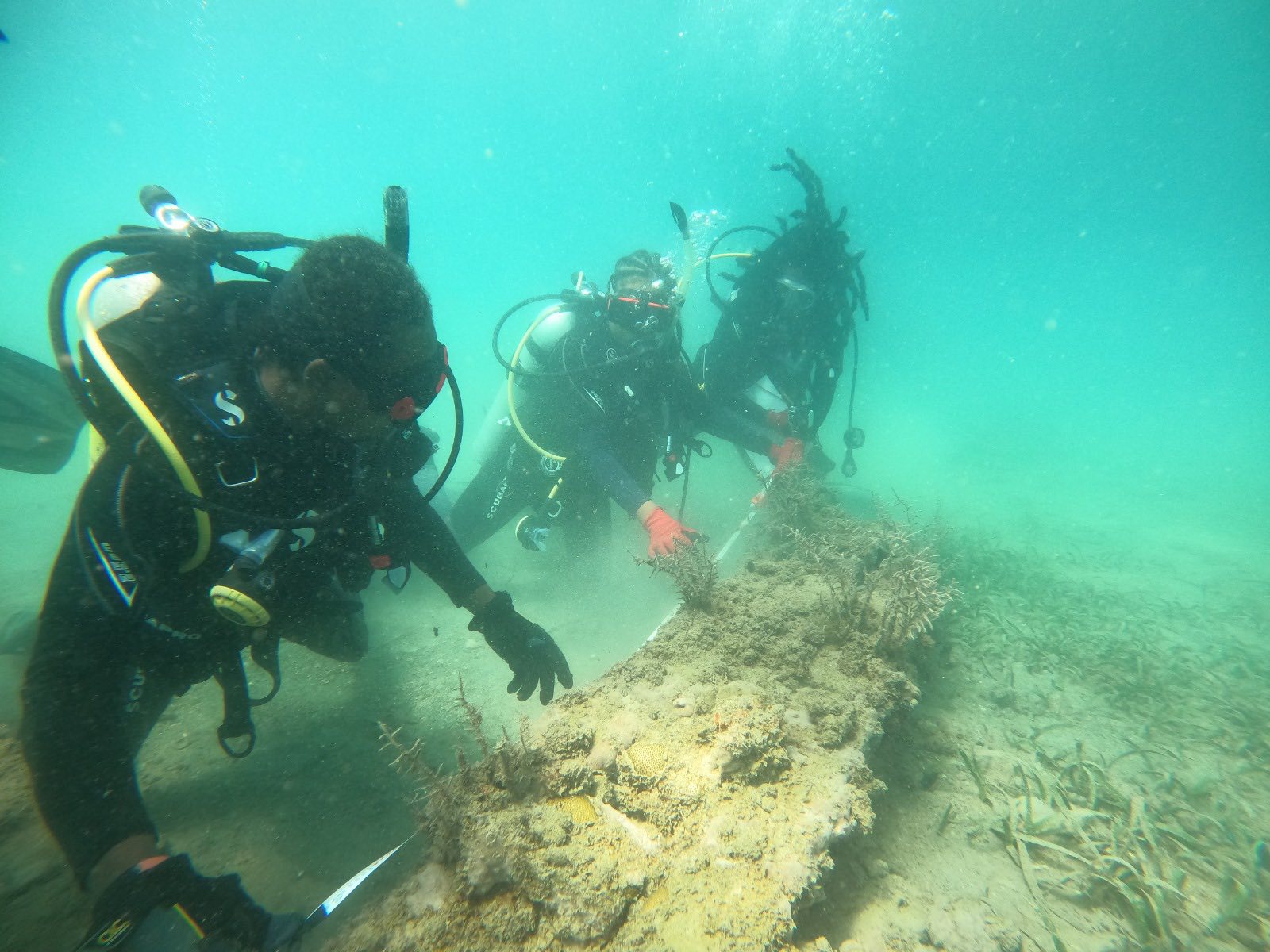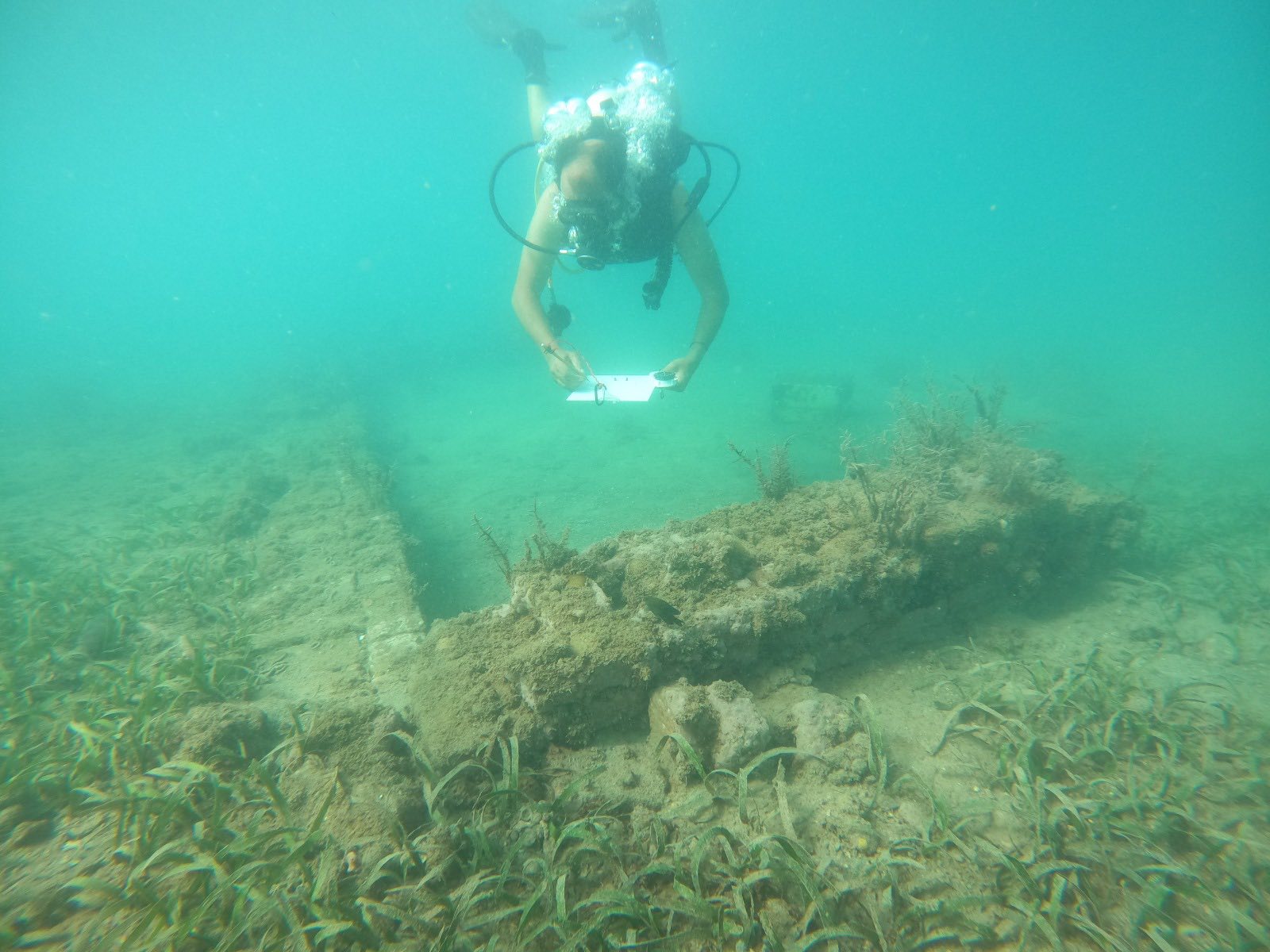Inscription of the site “The Archaeological Landscape of 17th Century Port Royal” on the UNESCO World Heritage List

The Regional World Heritage Institute in Zacatecas (RWHIZ) celebrates the inscription of the site “The Archaeological Landscape of 17th Century Port Royal” on the UNESCO World Heritage List, approved during the 47th session of the World Heritage Committee.

Port Royal, located on the coast of Jamaica, was one of the busiest and most notorious ports in the Caribbean during the 17th century, known for its intense commercial activity, wealth, and reputation as “the wickedest city in the world.”

In 1692, a violent earthquake caused much of the settlement to collapse, sinking into the sea. Today, its remains constitute one of the most important underwater archaeological sites in the Western Hemisphere.
The inscribed site includes both land-based structures and underwater features. Notable among these is Fort Charles, the only remaining 17th-century architectural remnant, and a rich collection of everyday objects recovered underwater that offer a rare glimpse into colonial life before the disaster.

With this inscription, Jamaica adds its second World Heritage Site, following the Blue Mountains and John Crow Mountains (2015), strengthening the Caribbean's presence on the List and highlighting the importance of underwater archaeology as a means of preserving and understanding the past. Congratulations!
Photographs: ©️ Heritage Preservation and Planning Unit, ARCHAEOLOGY DIVISION. Jamaica National Heritage Trust.

